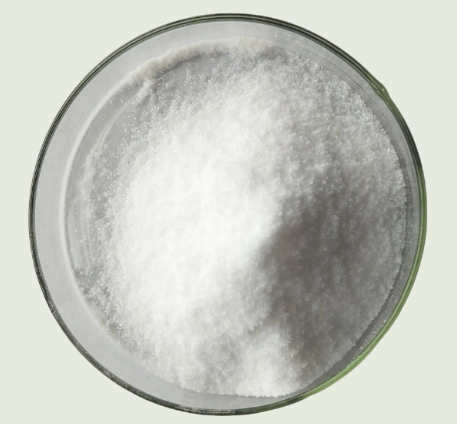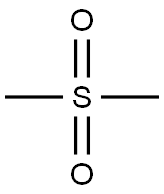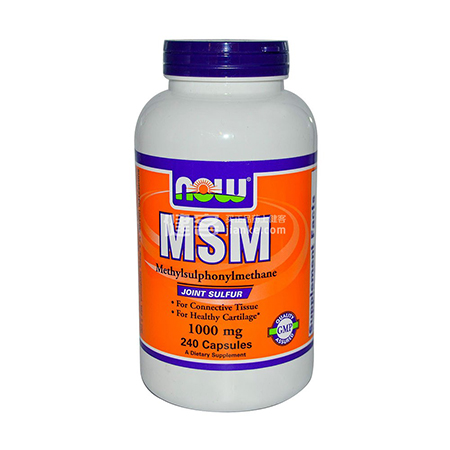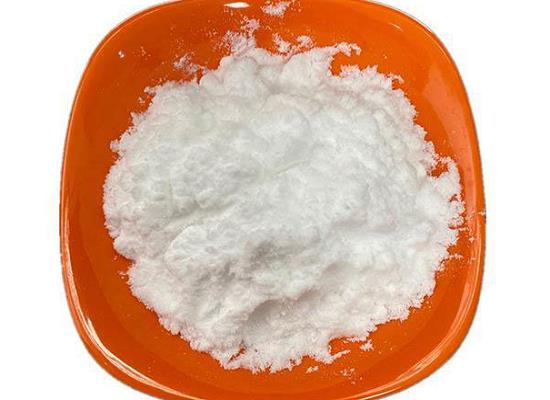Dimethyl Sulfone: Properties, Sources and Cryoprotection
Description
Dimethyl sulfone (MSM) is a normal oxidative metabolite found in the bloodstream and breastmilk. It is a metabolic product of endogenous methanethiol metabolism and intestinal bacterial metabolism.

Sources
Methylsulfonylmethane (MSM) is found in green plants, algae, fruits, vegetables, adrenal glands, milk, and urine, it can also be made in a lab.
Properties
Methylsulfonylmethane colorless solid features the sulfonyl functional group and is the simplest of the sulfones. It is relatively inert chemically and is able to resist decomposition at elevated temperatures.
Uses
Methylsulfonylmethane (MSM) is an inert organosulfur compound. Detectable levels of the compound are found in the body fluids like blood and cerebrospinal fluid performing a spectrum of biological effects as an antioxidant, antiinflammatory, and antiapoptotic. A variety of health benefits protect against ailments including interstitial cystitis, allergic rhinitis, chemoprevention, autoimmune diseases, osteoarthritis, fibromyalgia, and scleroderma whether used on its own or in combination with other supplements.
Cryoprotection
Preservation of cells and tissues at low temperatures requires the presence of effective cryoprotectants with low toxicity to which cells are relatively permeable. Two similar compounds, dimethyl sulfoxide (DMSO) and dimethyl sulfone (DMSO2), exhibit both features for cryoprotectants, yet DMSO is a very effective cryoprotectant while DMSO2 is ineffective. This anomaly was investigated by relating observations on the phase behavior of DMSO and DMSO2 in aqueous solutions to the recovery of human lymphocytes frozen in the presence of these compounds. The lack of cryoprotection in the presence of DMSO2 appears to be due to the precipitation of DMSO2 from the solution at subzero temperatures. The observation of reduced cell recovery after freezing with increasing concentrations of DMSO2 implies that cell damage is related to the amount of solid DMSO2 present. Precipitation of DMSO2 occurs both intra- and extracellularly, but it is argued that intracellular precipitation of DMSO2 is the damaging phenomenon. Cryoprotective compounds are normally selected based on the criteria of low toxicity and permeability to the plasma membrane. An additional condition, solubility, must be included for interpretation of experimental data and for development of effective protocols for cryopreservation.1
1. McGann LE, Walterson ML. Cryoprotection by dimethyl sulfoxide and dimethyl sulfone. Cryobiology. 1987; 24(1): 11-16.
References:
[1] LOCKSLEY E. MCGANN M L W. Cryoprotection by dimethyl sulfoxide and dimethyl sulfone[J]. Cryobiology, 1987, 24 1: 1-90. DOI:10.1016/0011-2240(87)90003-4.You may like
Related articles And Qustion
See also
Lastest Price from Dimethyl sulfone manufacturers

US $0.00-0.00/KG2025-09-02
- CAS:
- 67-71-0
- Min. Order:
- 1KG
- Purity:
- 98%min
- Supply Ability:
- 30tons/month

US $1.00/KG2025-06-26
- CAS:
- 67-71-0
- Min. Order:
- 1KG
- Purity:
- 99%
- Supply Ability:
- 10 mt



